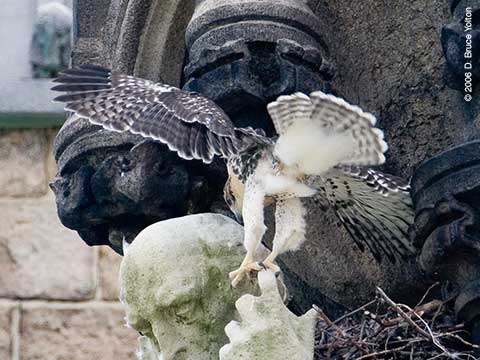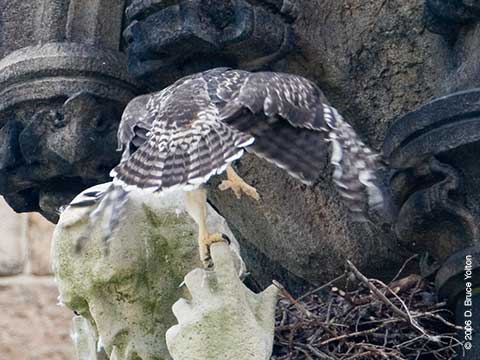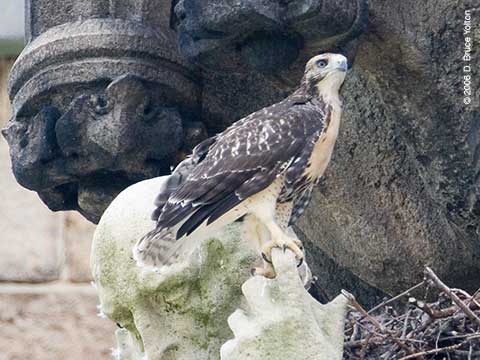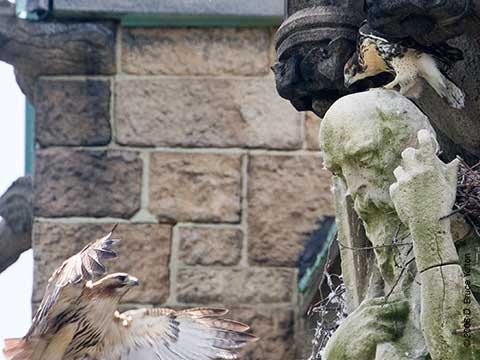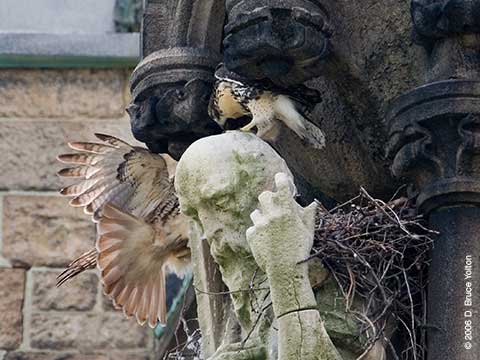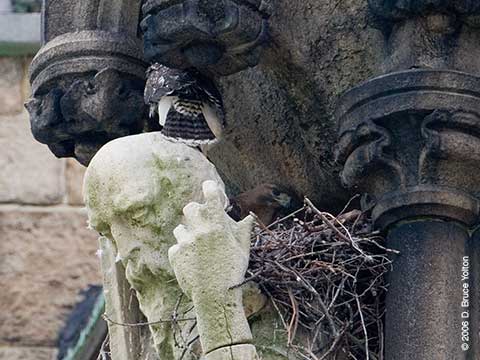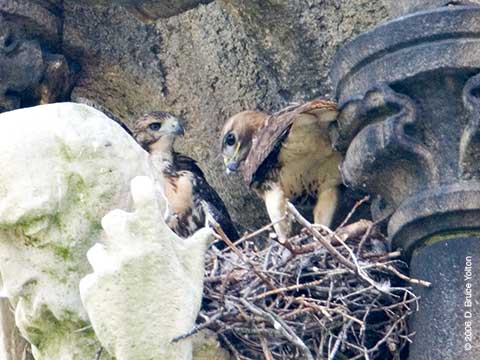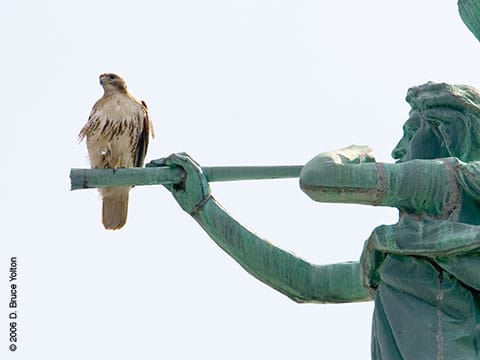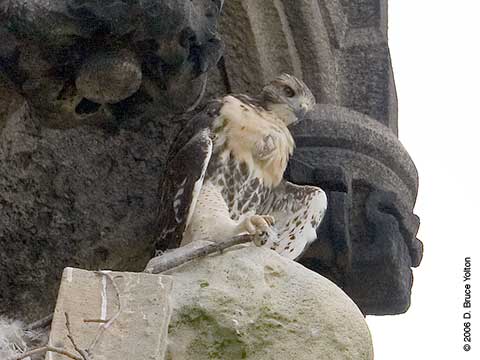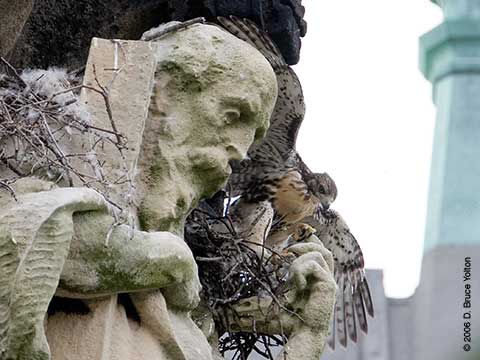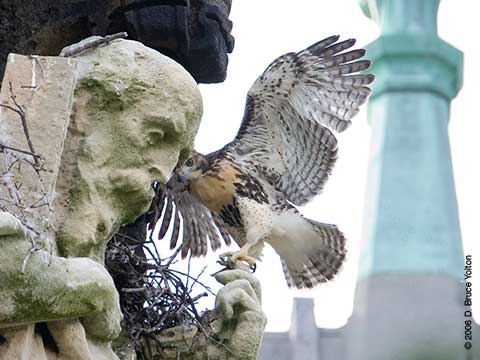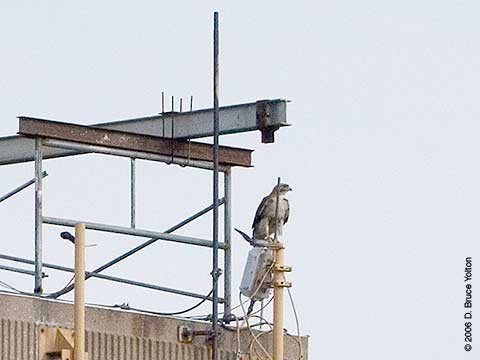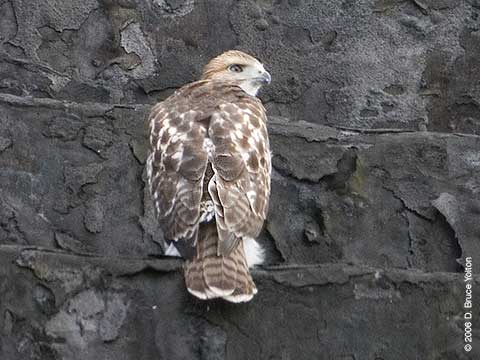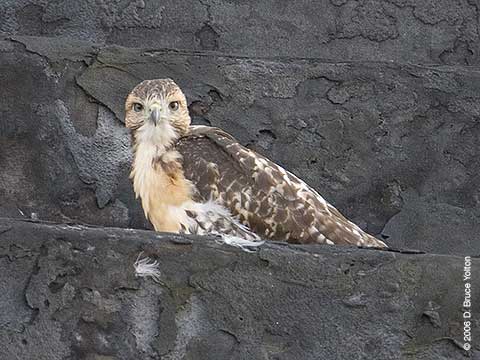A Fledgling Goes To School
Up at the Cathedral this evening, we got to see both of the parents and at least one of the fledglings.
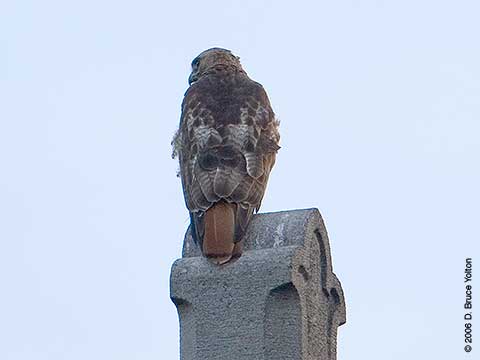
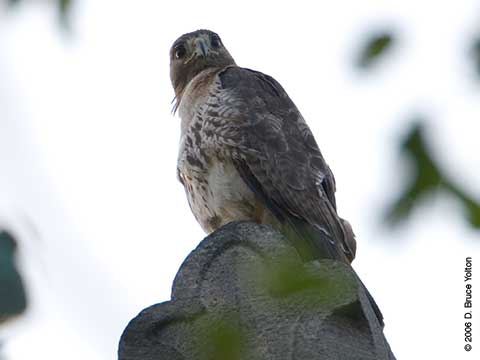
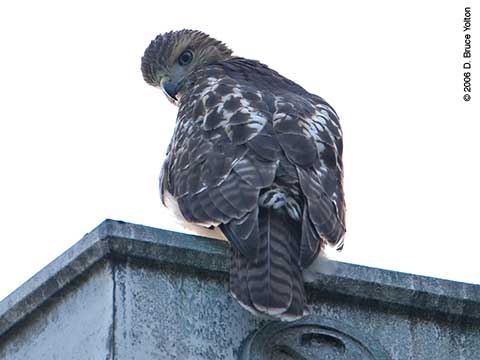
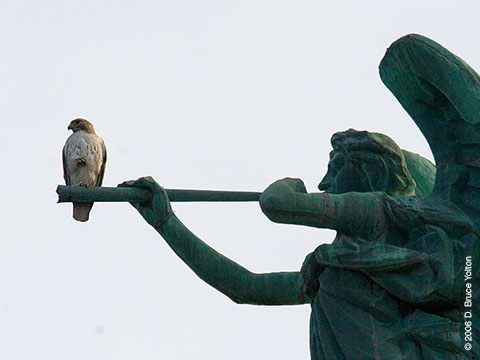
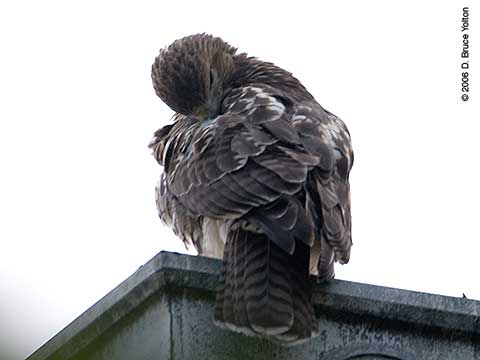
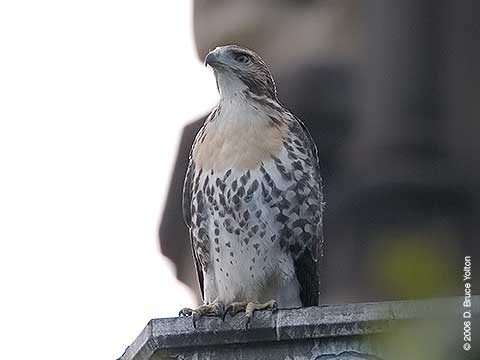
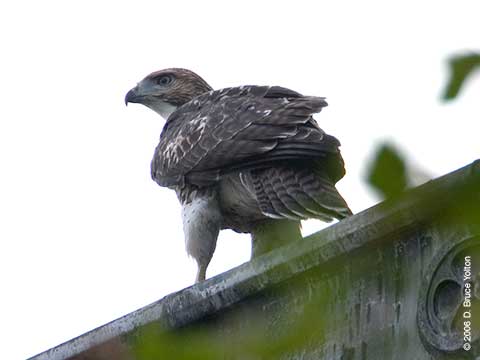
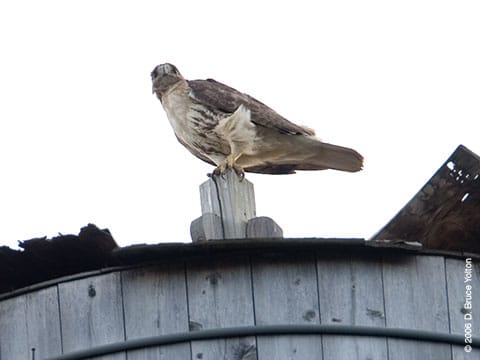
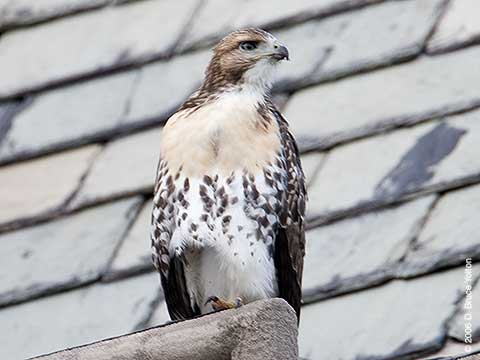
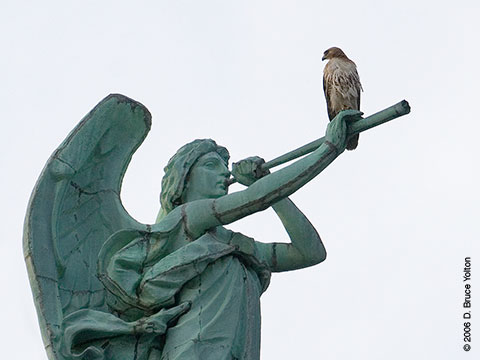
Up at the Cathedral this evening, we got to see both of the parents and at least one of the fledglings.










The two fledglings relaxed on a hot, 90 degree day. I was at the Cathedral in the early afternoon on Sunday. Fledgling I was sitting on a fifth floor windowsill of a St. Luke’s building half way between 113th and 114th Street on Morningside Drive.
Fledgling II was heard begging periodically, but took over an hour to find. It was in a tree on the south side of 113th about 20 feet in from Morningside Drive.
Both hawks looked to be doing nothing more than just trying to stay cool.
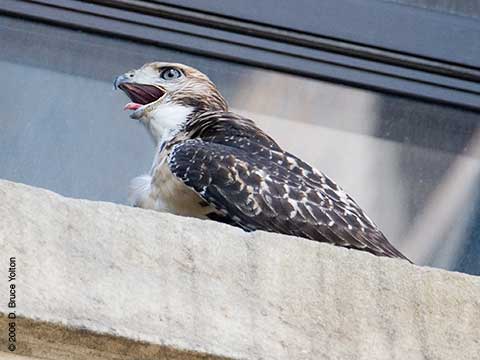
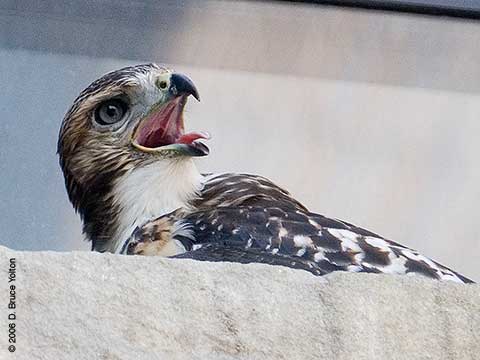
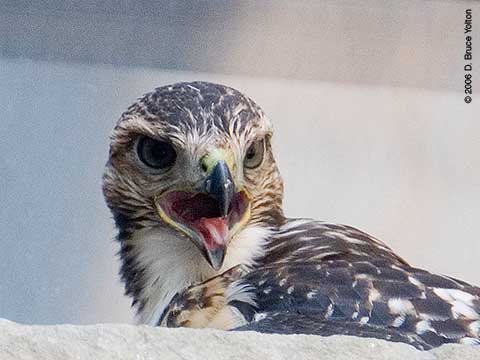
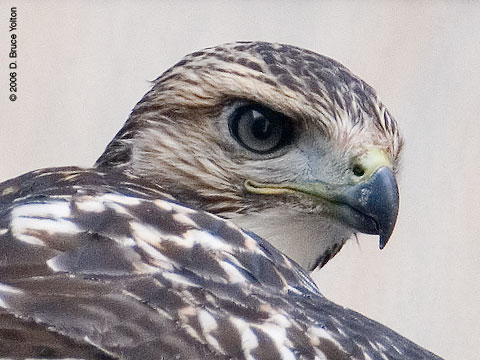
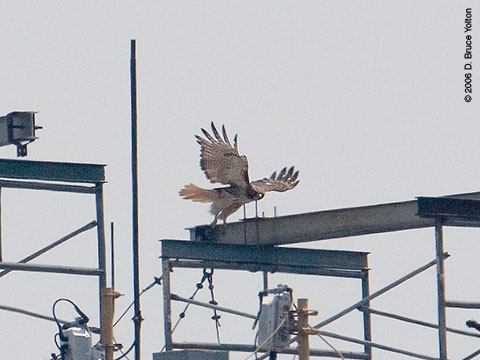
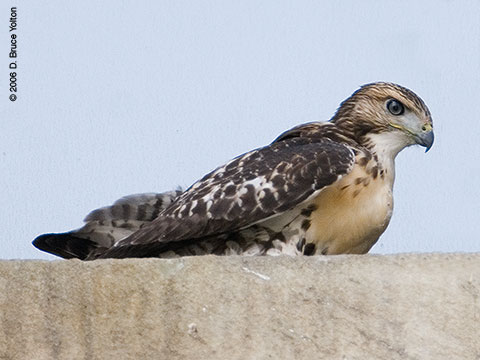
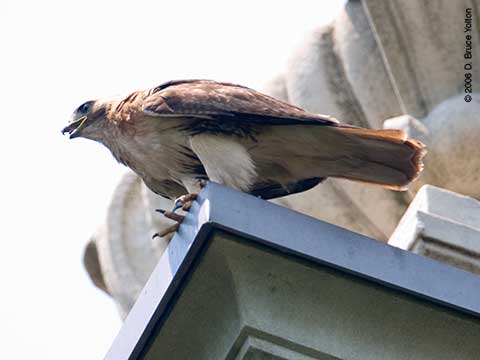
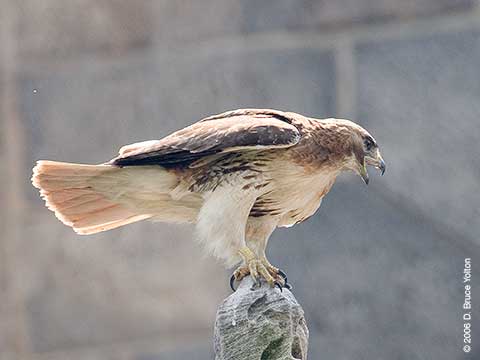
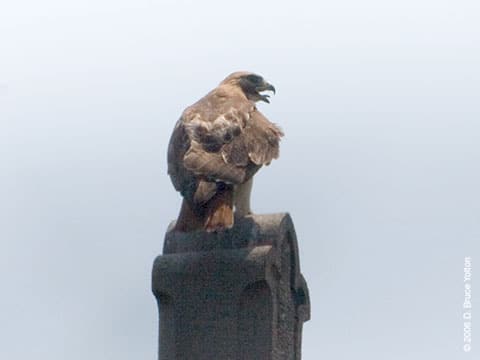
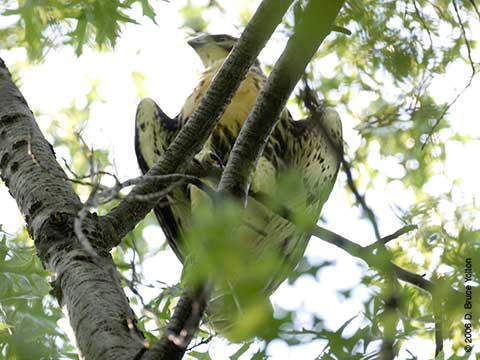
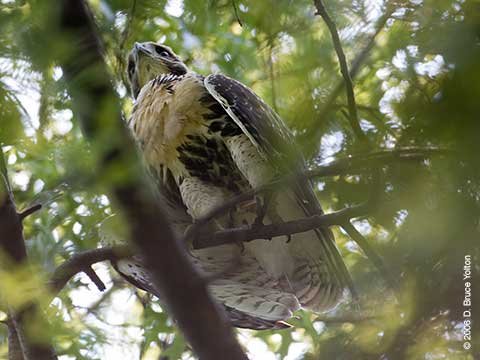
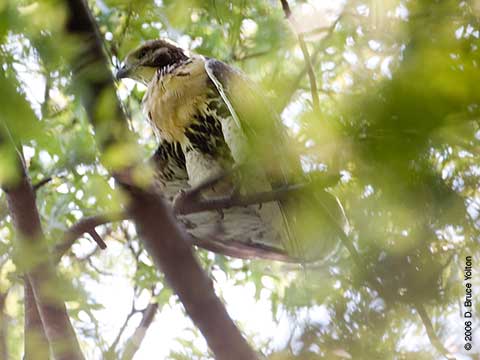
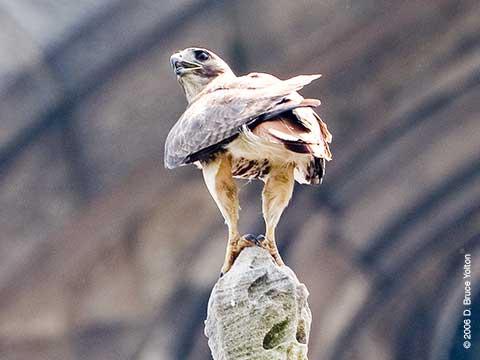
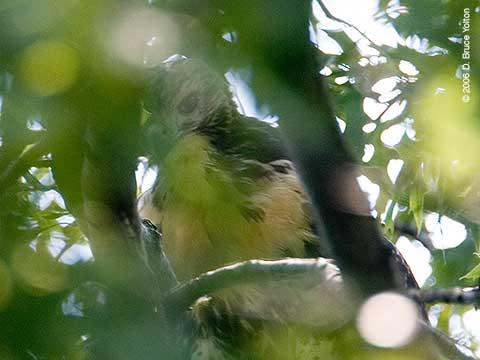
I hope you have enjoyed this series of posts about the St. John the Divine nest. It has been fun bringing a near daily report of the activities in Morningside Heights. Work commitments and vacations in June and July will prevent me from keeping up this daily pace. Expect to see posts only around the weekends for the next two months.
After taking a break in the early afternoon, and a detour to Riverside Church, I returned to the Cathedral.
The hawk watchers up at the Cathedral compared their estimates for fledge dates today. The question of the day was, Did we have a precocious fledgling followed by a normal fledgling?, Or a regular fledgling followed by a reluctant one? The general consensus was that we had a precocious, first fledgling.
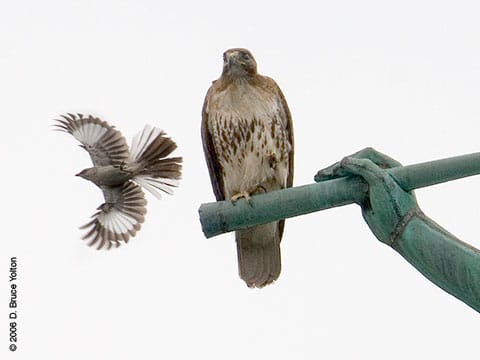
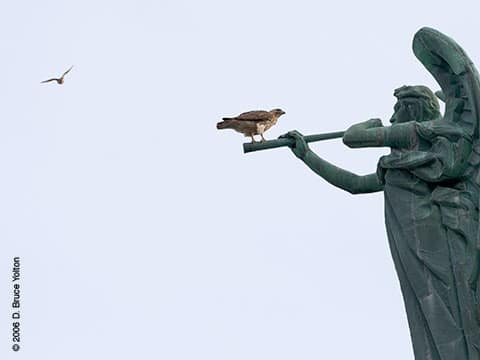
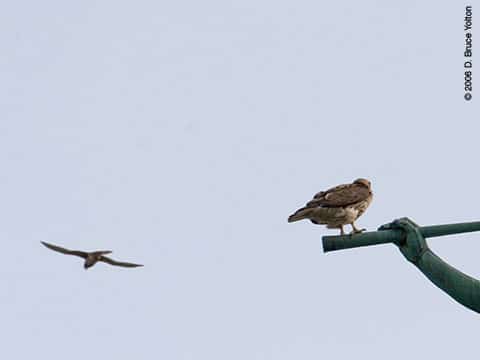
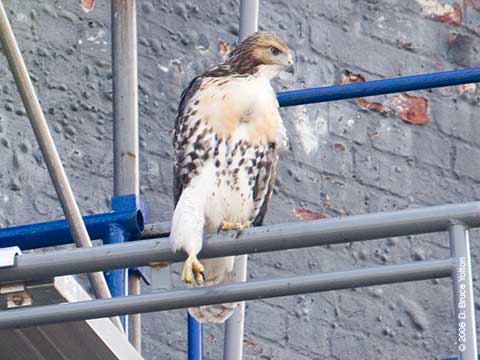
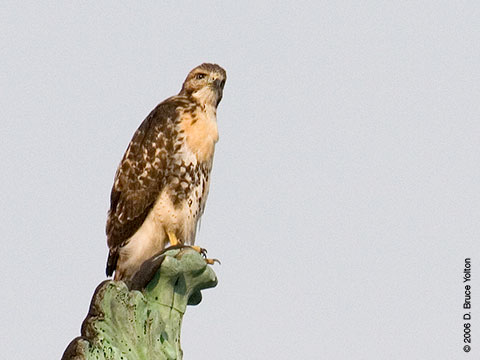
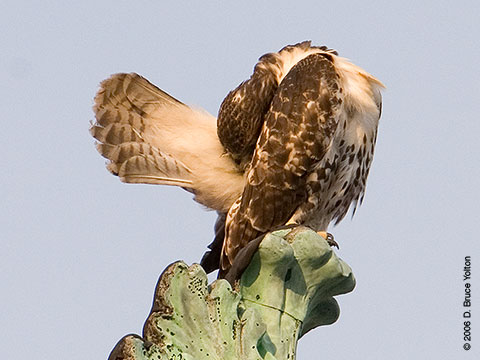
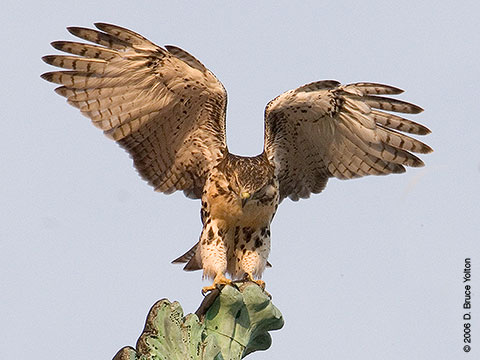
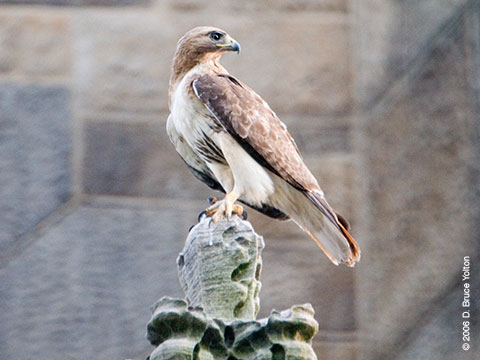
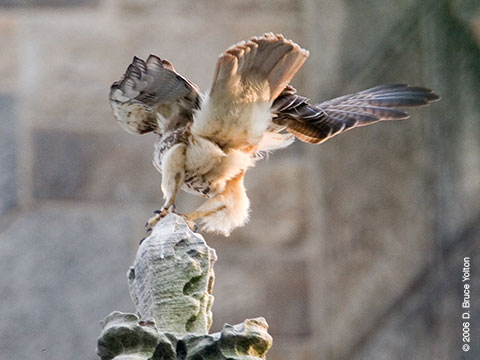
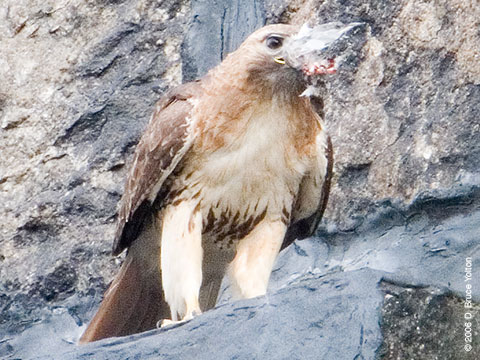
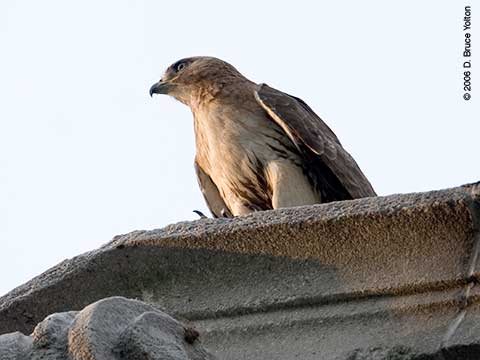
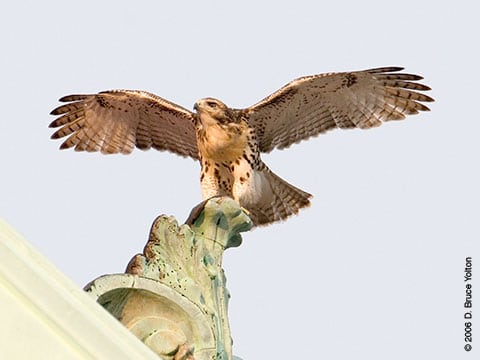
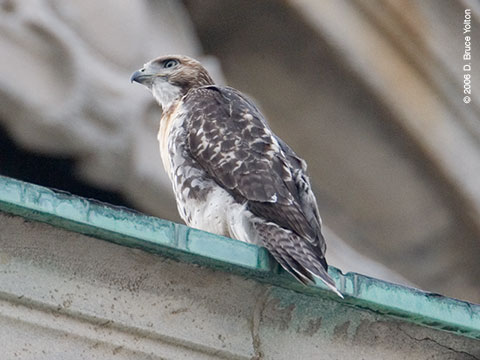
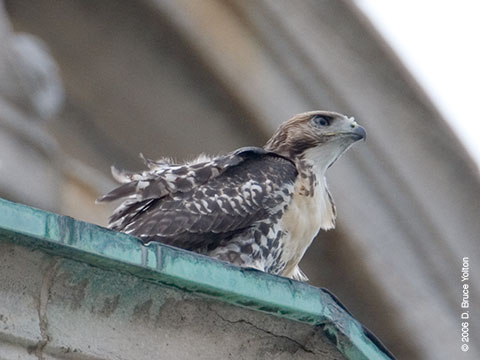
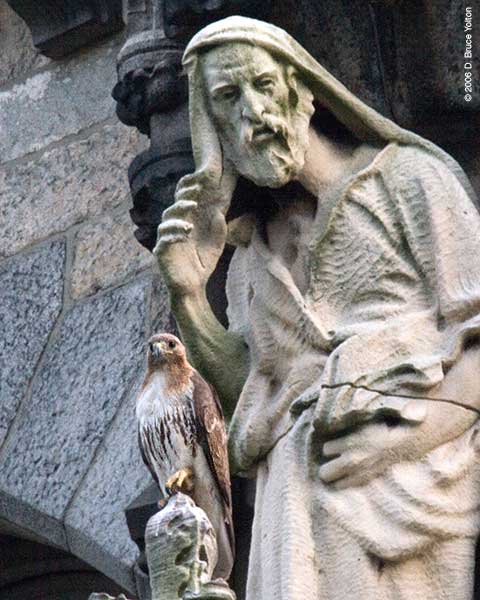
Seven blocks north and a few blocks west of the Cathedral Church of St. John the Divine is Riverside Church. A pair of Peregrine Falcons have two fledglings there, who on late Saturday afternoon made the worst racket imaginable begging for food.
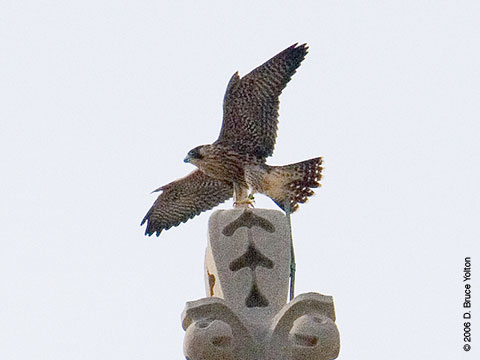
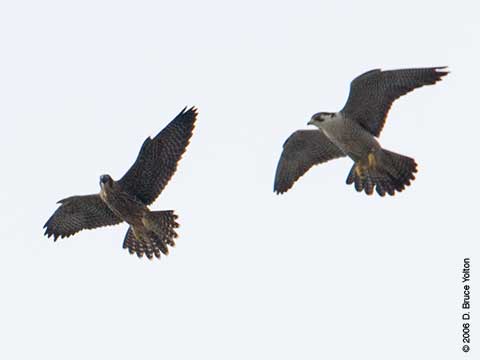
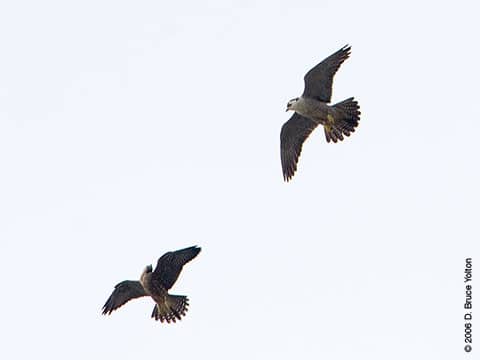
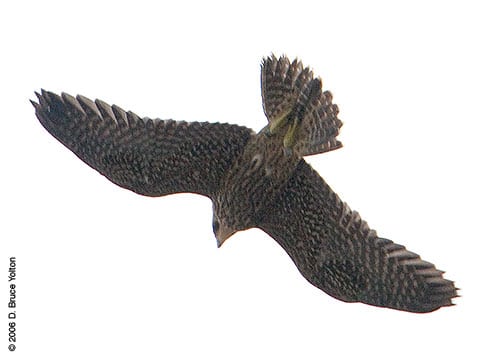
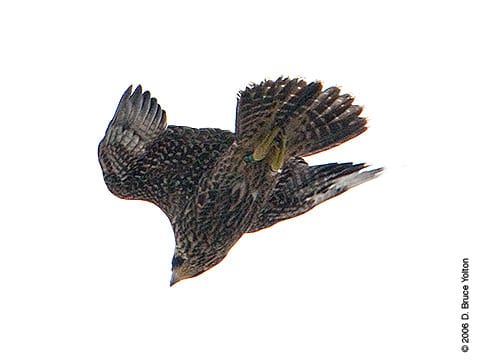
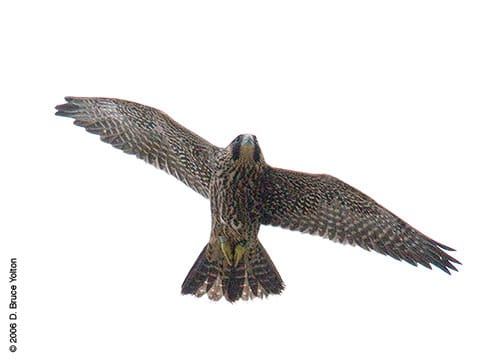
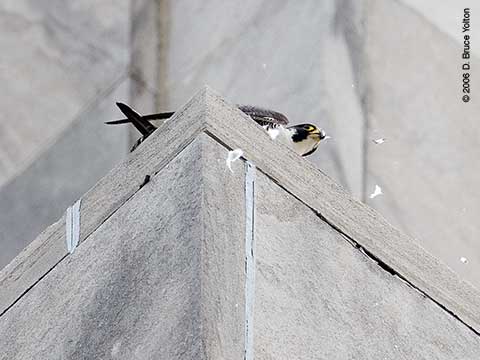
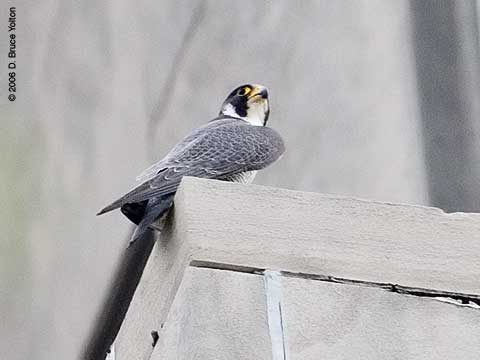
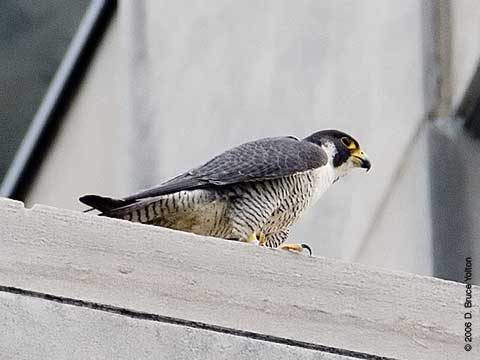
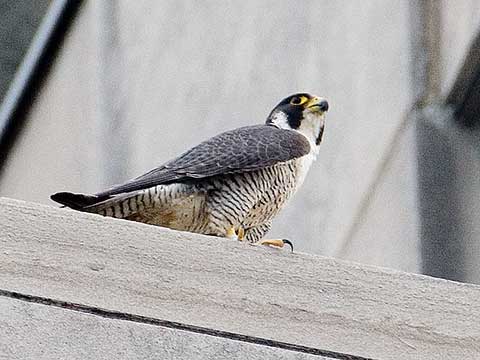
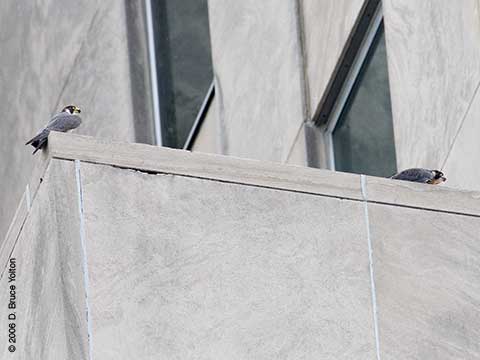
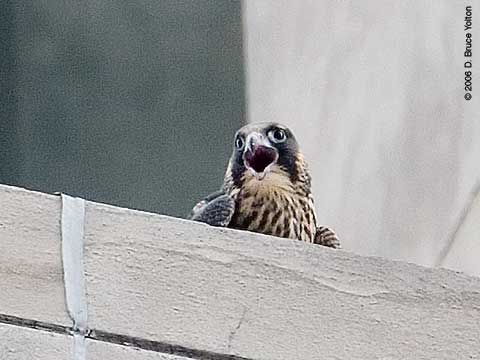
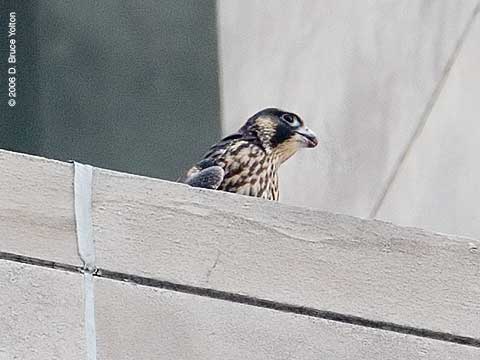
At around 10:20 a.m, the second fledge occurred leaving the nest empty for the first time in over two and a half months.
I missed the fledge by about 15 minutes, but Barrie Raik was there to photograph the event. She has graciously provided these three photographs of the fledge. The feldgling left the nest and landed in a tree on Morningside Drive. I was soon mobbed by some catbirds and the adult female with the help of some prey, moved the feldgling to the Cathedral.
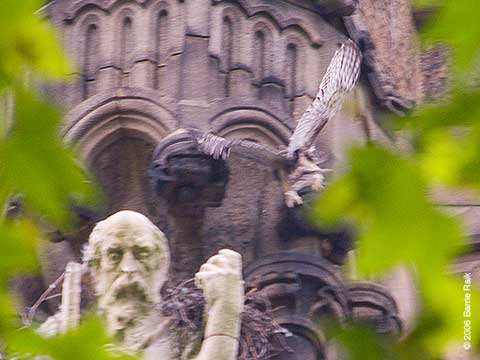
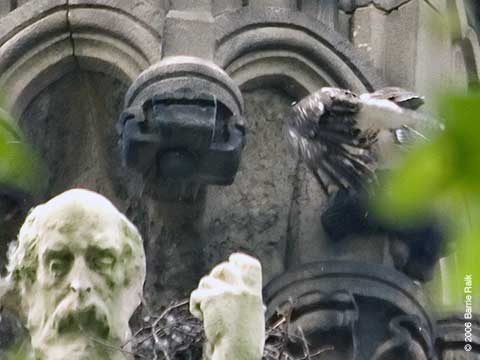
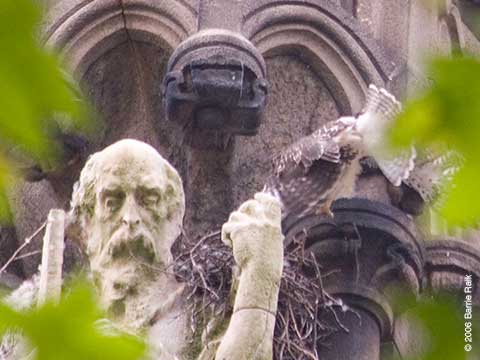
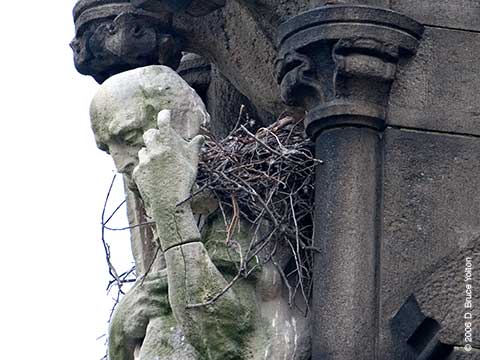
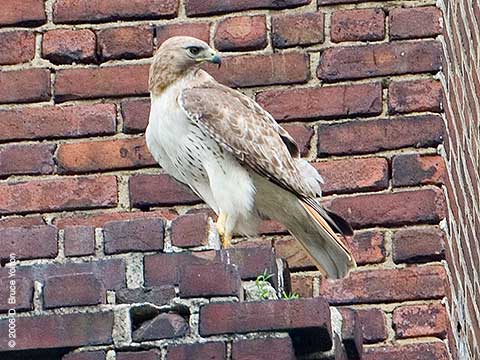
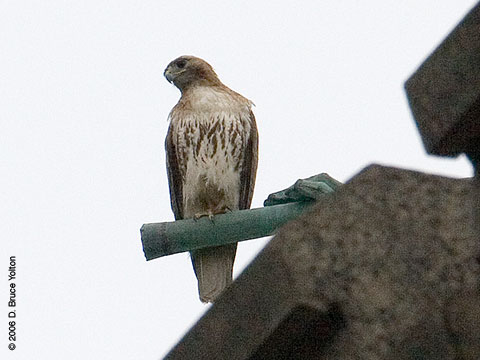
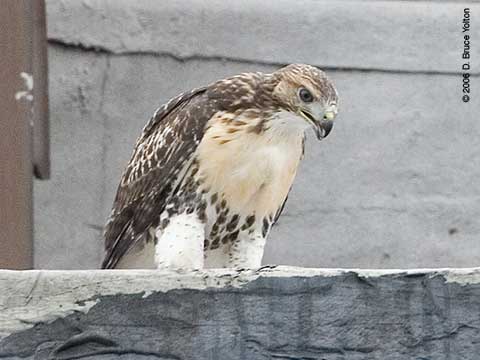
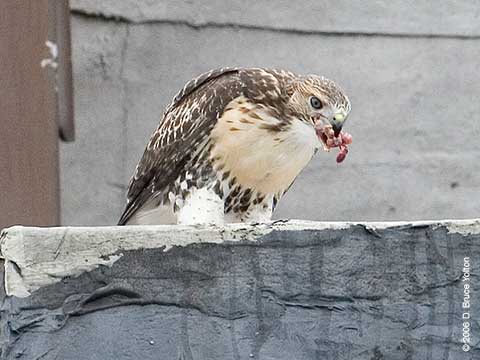
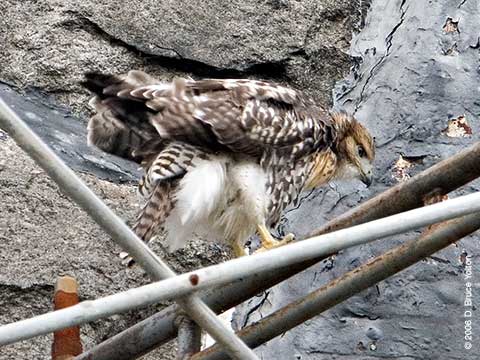
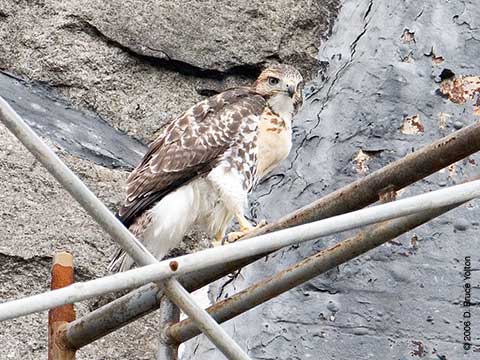
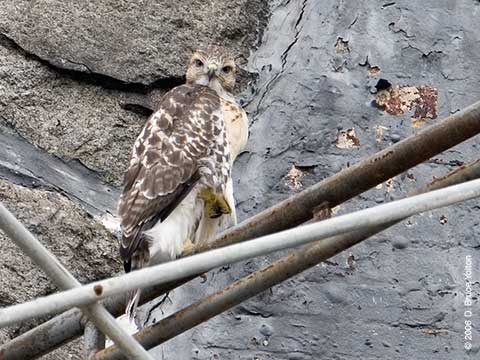
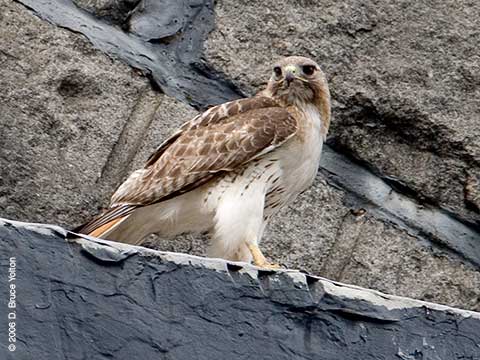
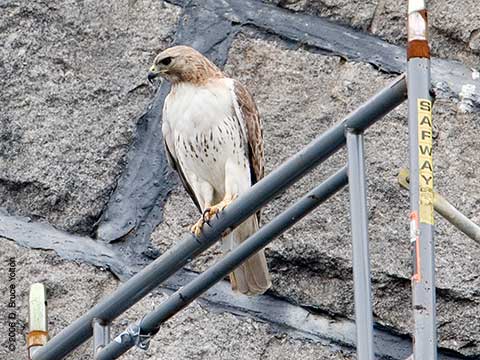
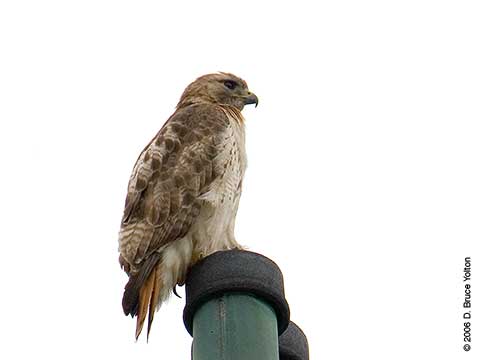
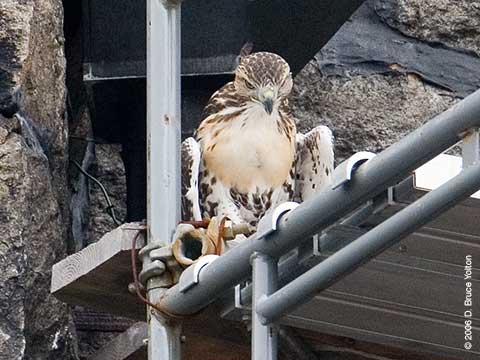
The second eyas continues to stay on the nest, although it’s finally looking like it wants to fledge.
